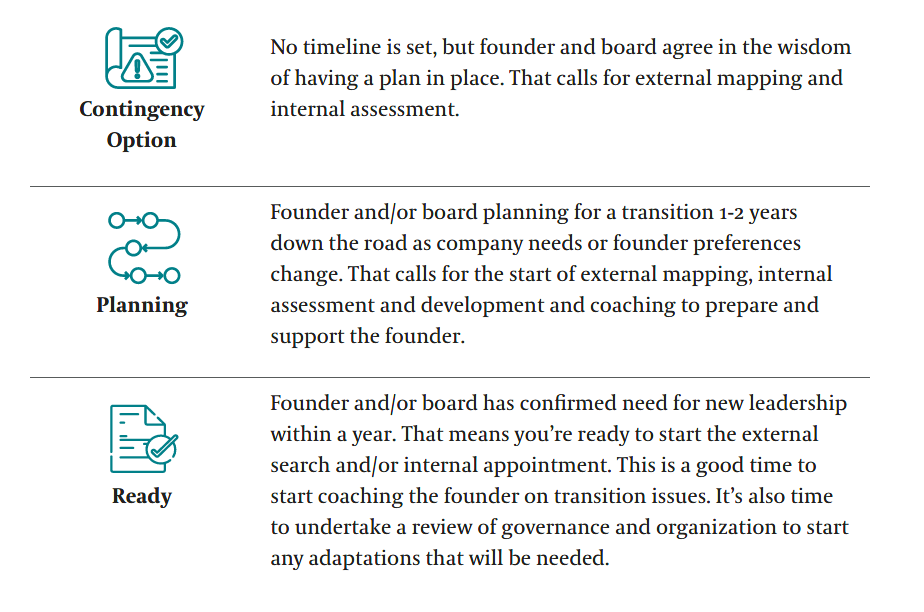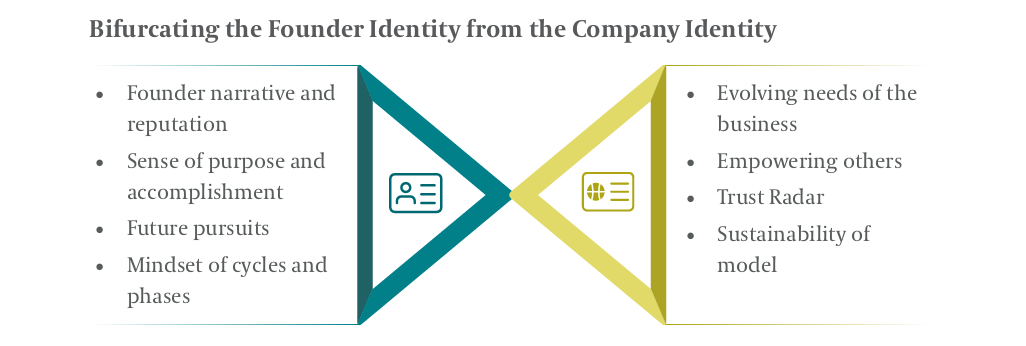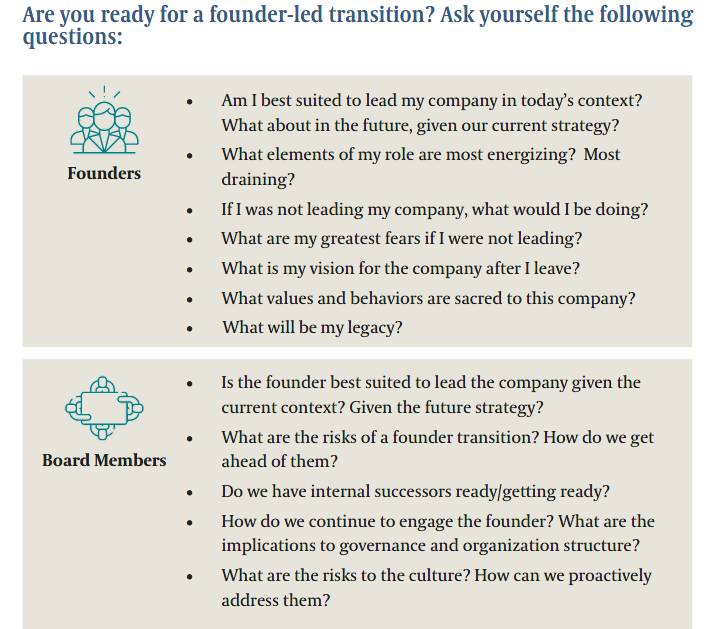Who follows the founder?
It’s perhaps the most important question a founder-led company can face, regardless of size or industry. The timing and choosing of this leader can be a tricky and often a highly emotional process. And it’s one that will have significant impact on the business world over the next two years as economic conditions unleash a wave of founder successions.
The wave shouldn’t come as a surprise. Since 2020, there have been more than 1,000 IPOs, many of which were founder-led. This crop of companies went public at accelerated rates, driven by SPACs and the hot capital markets. But since their IPO, market dynamics have changed. With the global economic challenges of inflation and recession, companies have had to shift from focusing on growth rates to focusing on burn rates. Leaders have been forced to put off new products and new innovation and instead spend time on less energizing tasks such as fighting for new customers or even conducting layoffs. This is a shift felt especially keenly by founders. Founders are builders and warriors but for most, this kind of warfare goes against their grain.
For many of these companies, this shuffle in priorities will precipitate a change in leadership. Sometimes it will be initiated by a founder, who no longer enjoys the role, as it has changed so considerably. Sometimes it will be initiated by a board that appreciates that the context has changed and may warrant a different type of leader. But no matter the impetus, change at the top will impact everyone in the company and set the tone for the firm’s next act.
To manage this transition, founder-led companies should be proactive. Don’t wait for the wave to wash over you. Craft your founder succession.
Step One: Understand why founder successions are different.
It’s critical to understand the cultural and governance implications of a founder succession. To ensure a successful transition, the firm must untangle the company culture from the persona of the founder. Which traditions and behaviors will live on and which will need to be adapted to a new era of leadership? What organizational and structural policies need updating to accommodate a leadership transition? A founder-led company may have developed an organizational structure bespoke to complement the founder. With new leadership, evolution is inevitable. Also, unlike a traditional company, a founder may stay on during a leadership transition to coach and develop the successor. What policies and practices need tweaking so that this relationship benefits the founder, successor and company at large?
There are also emotional reasons why a founder succession is different. Stepping away from the helm of a company you built is personal and impacts core identity. The succession is more than just a job change; it’s the building of a legacy. These intensely emotional topics will need to be addressed in a founder succession process. Supporting the founder through their identity shift, helping them shape their legacy must be part of the mandate. Establishing new behaviors and policies that will enable the founder to step back are all necessary but complex and bespoke. Founder successions are intimate journeys requiring a non-transactional approach. This is not an ordinary succession.
Step Two: Take control of the succession timeline.
The timing of the founder succession will inform your next steps. Where are you on the continuum?

Step Three: Craft a framework for effective transition.
Founder succession is more than the process of choosing a new leader. It means setting the new leader up for success. To do that effectively demands bifurcating the founder identity from the company identity. The founder identity consists of the founder narrative and reputation, the sense of purpose and accomplishment. The company identity is made up of the evolving needs of the business, the goal of empowering others, a sustainable model and what we call a Trust Radar ̶ a tool we developed to quantify how one engenders organizational trust.

The process of succession often involves a lot of emotions on the part of the founder. For this individual, it’s not simply a business process, but a personal journey. It’s the vision you manifested, the risks you took on, the business you built, the organization you constructed, the culture you nurtured. Yet, transition is right for you, for the business, and for the team.
The presence of emotions in this process is not because founders are needier; it’s not just the weight of responsibility and the pain of courageous determination but also the expectations set forth by the investor community. In the last two decades, venture capital returns were extraordinary and substantial monies flowed into this asset class. To appeal to the founders and to win the investment, VCs would appeal to the founder ego. As such, there are many firms that are deeply founder-centric. Investments were made in the founders themselves. This created a mandate of protecting and supporting founders on their journey. And, in many cases, we “trapped” the founder into feeling dutiful to continuing as a leader long after it may have been preferred or suitable. A successful founder succession demands an empathy for the complexity of this transition.
The Next Frontier of Succession
Ultimately, all parties must make space for the ongoing succession conversations. For the incoming leader, the one bravely succeeding the founder who is inspired to take the asset to the next level, there are ways to best onboard and set up for success. This is often rooted in a deep discussion with the founder, exploring how they are similar and how they are different and how they can collaborate. In this discussion process, there is shared understanding – and shared vulnerabilities. This is not easy work. Vulnerability is never easy; but it’s time well invested, particularly upfront to set the stage for candor, communication and collaboration. It is the emotional foundation on which the new phase of the company will be built. And, this informs the legacy as the founder transitions to her or his next frontier.






